Skip to main content
Issues
Select Issue
DE-ESCALATION IN A PEACEFUL PROTEST: THE ROLE OF ADULTS IN BLACK LIVES MATTER*
Anne Marie Baylouny and
Anshu N. Chatterjee
INVERTED MOBILIZATIONS: PRO- AND ANTI-IMMIGRANT ACTIVISM IN ORANGE COUNTY
Marieke de Wilde,
Walter J. Nicholls, and
Floris Vermeulen
A Place Of Their Own? Women Organizers In The Maquilas Of Nicaragua And Mexico
Joe Bandy and
Jennifer Mendez
The Impact Of State Reforms On Protest Against Apartheid In South Africa
Susan Olzak,
Maya Beasley, and
Johan Olivier
Social Movement Organizations Beyond The Beltway: Understanding The Diversity Of One Social Movement Industry
Bob Edwards and
Michael Foley
From Protest to Participation? Environmental Groups and The Management of Marine Fisheries
Hans-Kristian Hernes and
Knut Mikalsen
eISSN: 1938-1514
ISSN: 1086-671X
Powered by PubFactory

